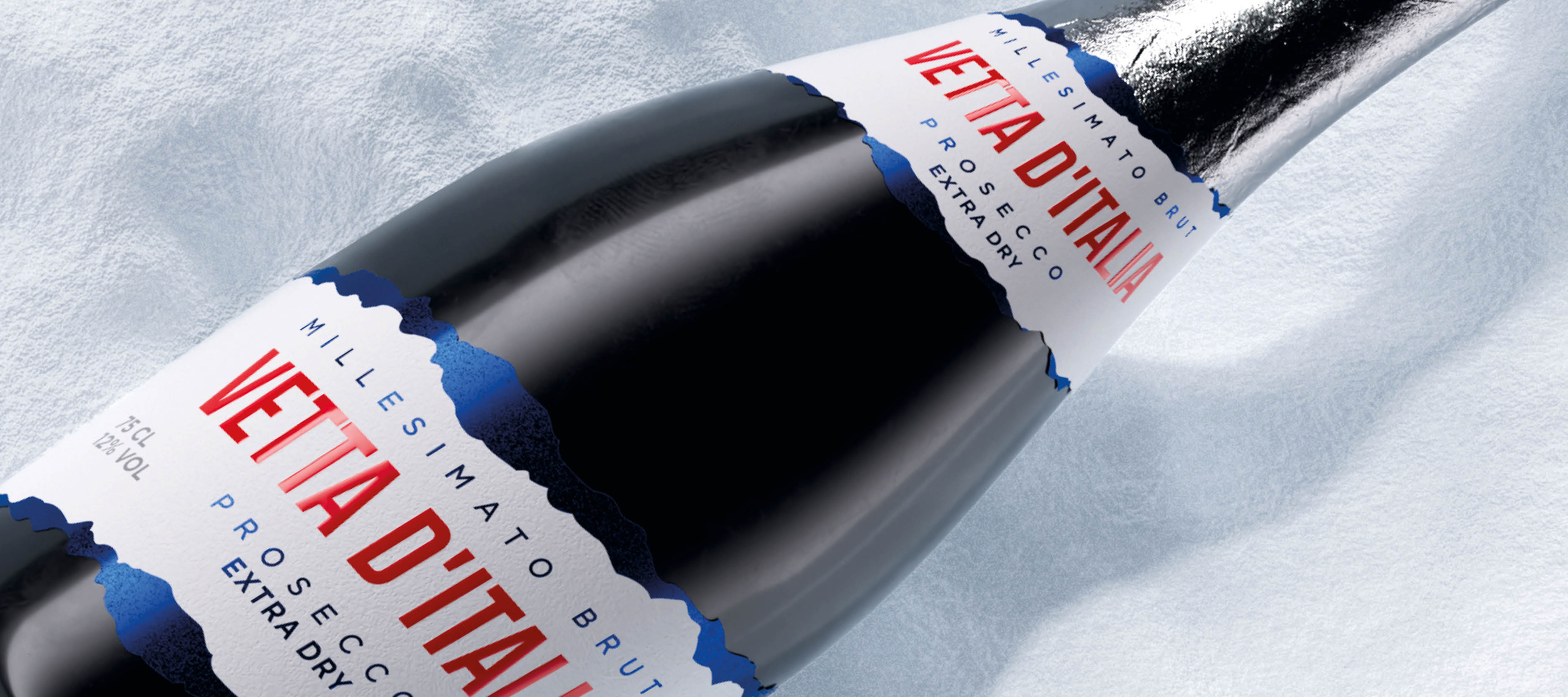
The Importance of Preventing Neck Label Detachment
Avery Dennison's New Neck Label Range for the European Market
The premium wine and spirits industry is worth approximately $600 billion globally— a staggering figure illustrating how important these high-end products are to consumers worldwide. From luxury champagnes to rare whiskies and everything in between, premium wines and spirits are sought after for their quality, exclusivity, and prestige. But with so much at stake, even the smallest details can significantly impact a brand's reputation and customer loyalty.
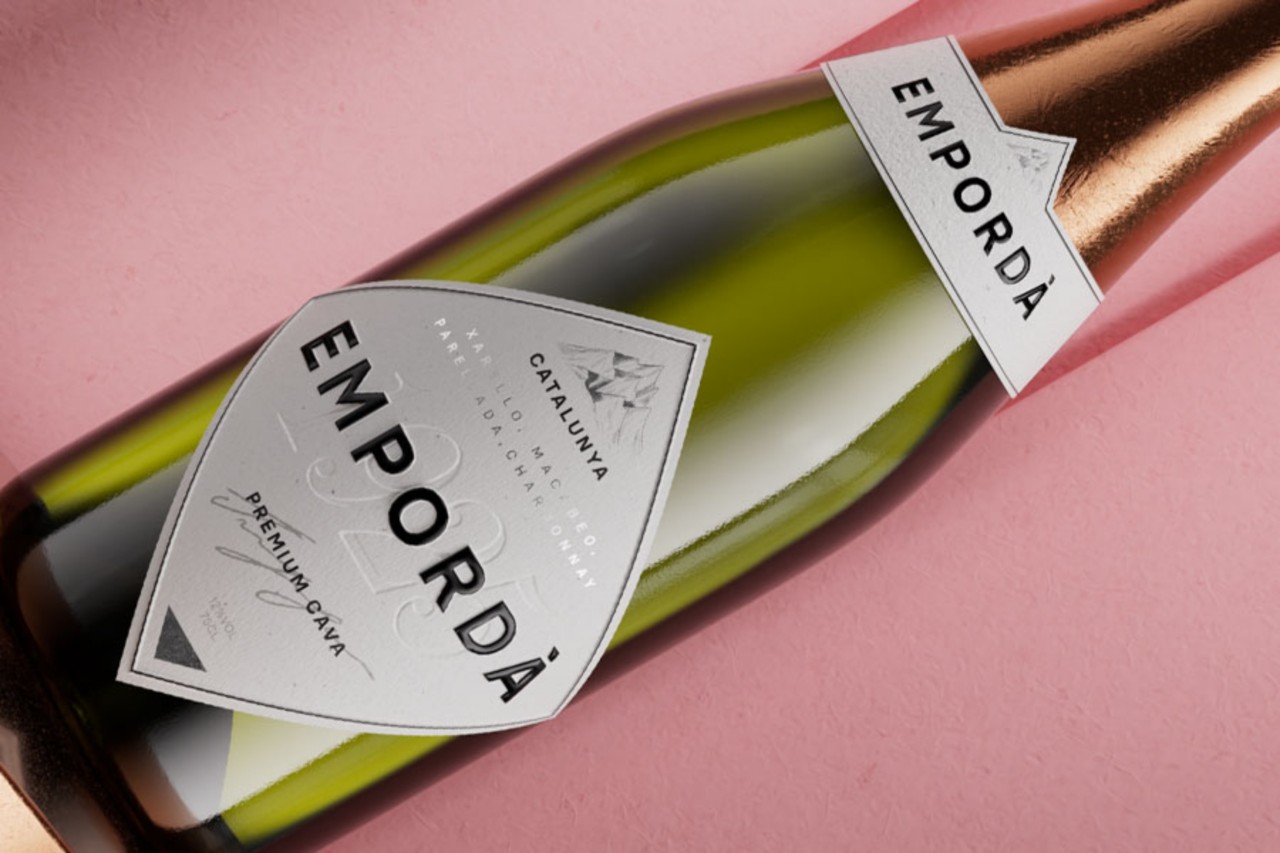
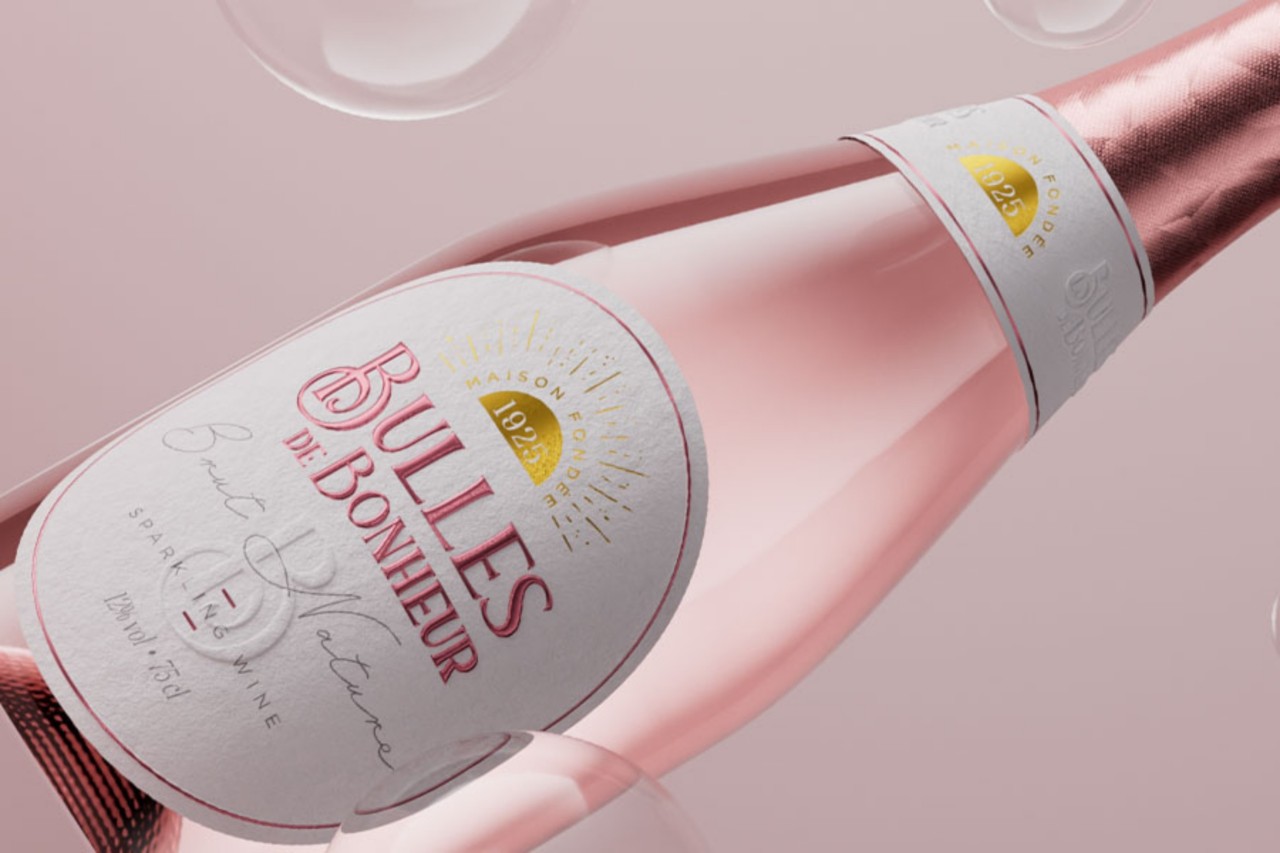
Neck label detachment is a common issue for upscale wine and spirits brands. Consider it this way—the neck label is the sole visible element of a bottle when immersed in an ice bucket and serves as the brand ambassador to consumers when not on the table. Detachment of this critical component can severely compromise the packaging's aesthetic appeal and brand image, resulting in a less memorable experience for consumers. Moreover, the absence of the neck label sometimes makes it difficult for buyers to discern the brand and vintage of the wine, which can affect their overall perception of the product. To preserve their premium image and ensure a positive customer experience, brands must address neck label detachment issues by finding reliable solutions that maintain the packaging's aesthetic appeal and integrity.
Avery Dennison recently launched a new range of neck labels in Europe, designed to solve this challenge. We selected a wide range of tested materials and provided technical recommendations to ensure successful applications for premium brands. But before we dive into our solutions, let's examine the causes and existing solutions.
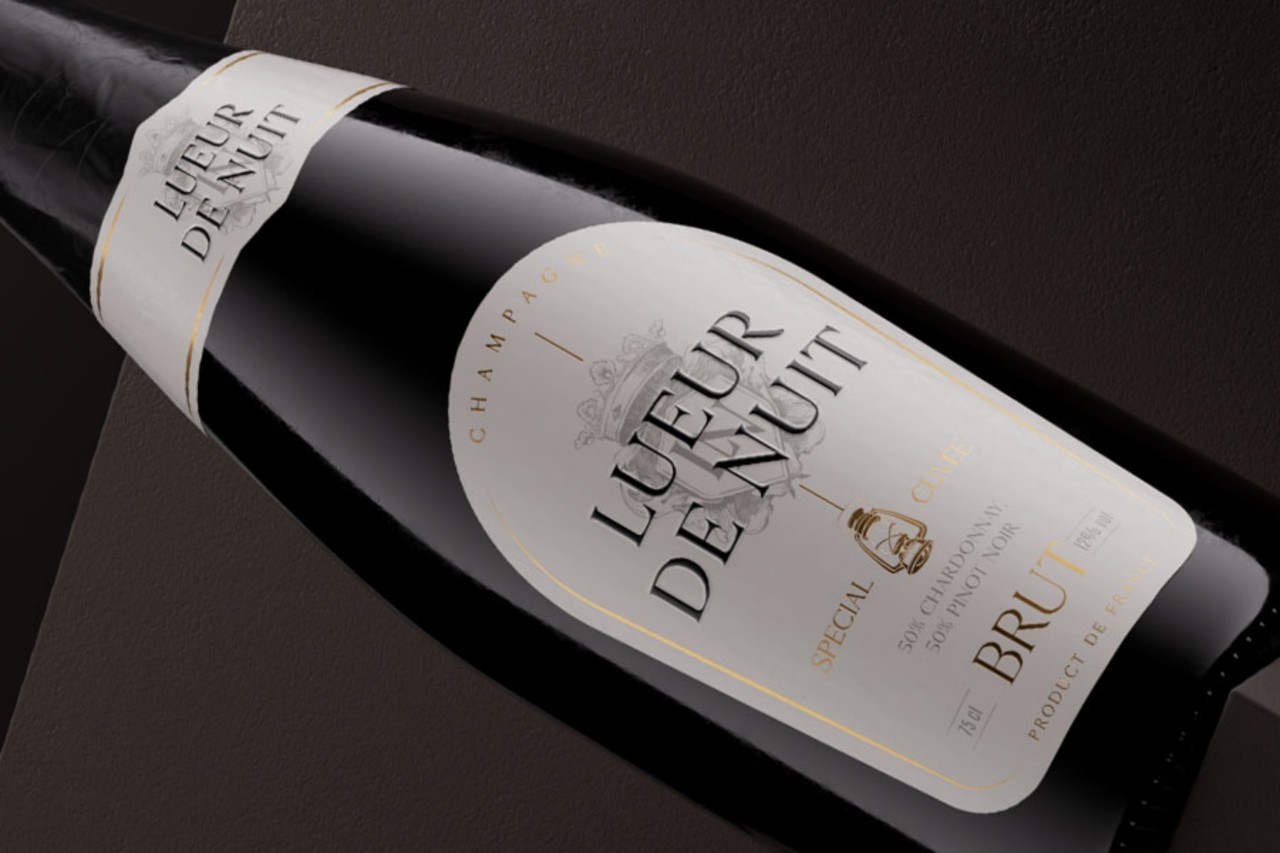
What causes neck label detachment?
Several factors can contribute to neck label detachment, and brands, label manufacturers, and designers must consider various aspects from the point of production to the end of its functional lifespan to prevent it.
The first thing to bear in mind is that misuse of materials can have considerable consequences. When paper is manufactured, the pulp fibers are interlaced to provide strength and mechanical resistance, allowing it to be printed and embellished without being stressed to the extent that the fibers break or damage. However, this effort to make the paper suitable for printing also results in something known as a "memory effect." In other words, labels applied on a curved surface tend to return to their original flatness, especially on small-diameter applications like bottle necks. The memory effect of paper fibers is also heightened by the fact that sparkling wines usually face challenging conditions, a few of which we will explore shortly.
Another factor to consider when using materials incorrectly is the choice of the adhesive itself. Certain adhesives are better suited for neck label applications than others; just because one performs well for one application doesn't mean it will work for another. Thus, designers and label manufacturers must conduct extensive research and testing to find the best adhesive for their unique applications.
The environment in which bottles live throughout their lives can also contribute to neck label detachment. Extreme temperature conditions or fluctuations can significantly alter the adhesive quality of labeling materials stored in reels, resulting in detachment. As such, optimal stock conditions at the label manufacturer's and winery's warehouse before the labels are applied are crucial to maintaining initial adhesive characteristics. Moreover, labeling materials and labels have an expiration date, and the adhesive performance of these materials decreases over time, leading to detachment issues. Therefore, it is imperative that labels are used before expiration and stored in ideal conditions to prevent any loss of adhesive quality.
Moisture and dust on the bottle's surface can also reduce the adhesive bond, making it essential for brands to ensure that the surface is spotless and dry before applying the label. Glass imperfections such as convex and concave surfaces can cause adherence issues, requiring careful consideration during the labeling process. Understanding the impact of the environment on neck label detachment and implementing appropriate solutions can help reduce detachment complications and maintain a premium brand image.
Furthermore, inks and varnishes used in the label print and embellishment process can lead to neck label detachment due to chemical incompatibility and mechanical stress, resulting in increased label stiffness and memory effect. Label makers and designers should run preliminary tests or seek expert support to ensure the inks and varnishes do not obstruct the label substrate and its mechanical properties. On top of this, design factors such as unique shapes, and heavy embellishments such as excessive 3D silkscreen varnish or embossing can compromise the adhesive bond, resulting in label detachment.
Finally, pressure plays a crucial role in preventing neck label detachment during the label application process. Labeling machines should be set to apply labels with enough pressure on the bottle neck, as insufficient tension can result in improper label application and loss of adhesive stickiness. Proper consideration and implementation of these factors can significantly reduce the occurrence of neck label detachment and maintain a premium brand image.
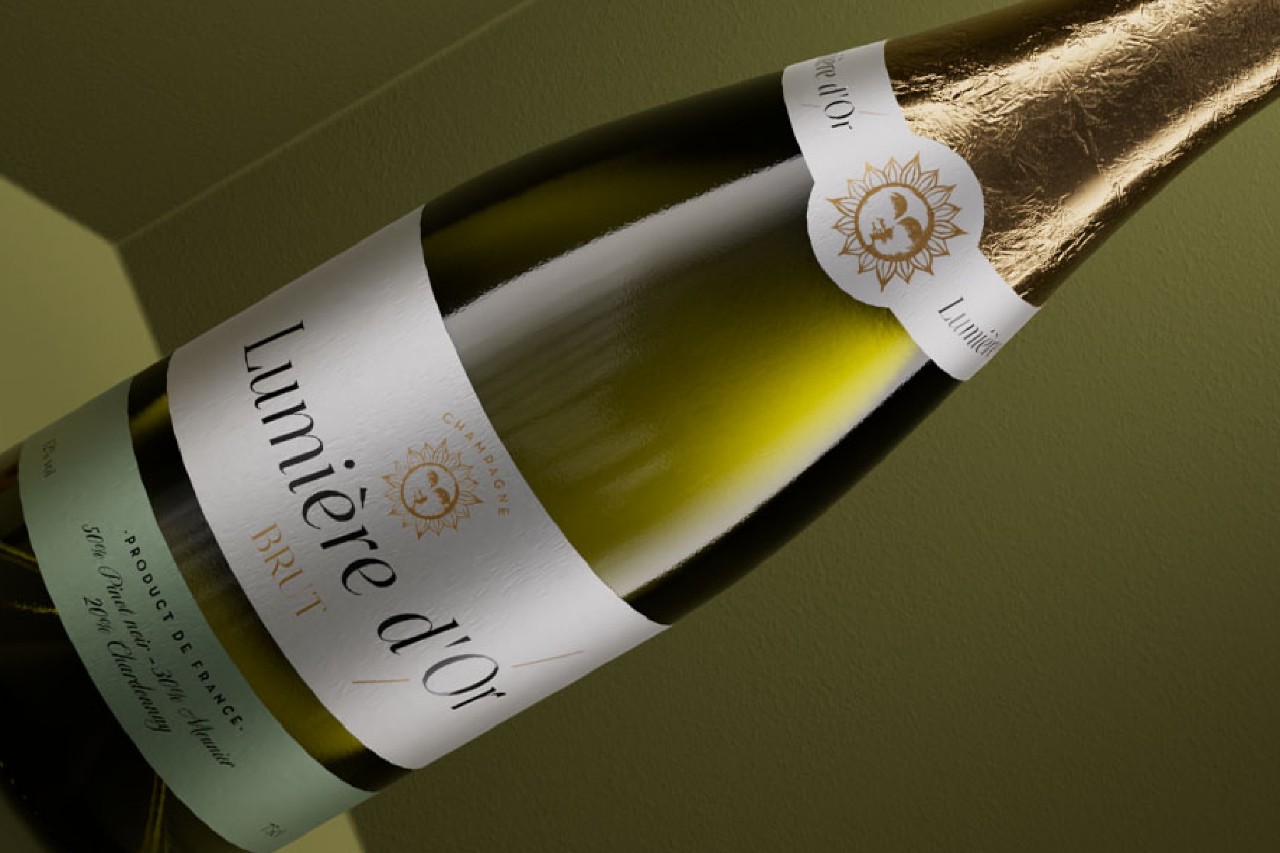
Current market solutions
The current solutions on the market lack viable options for brands seeking neck labels that are visually pleasing, eco-friendly, and high-performing. While some choices exist, such as defibrated papers or reduced grammage papers, these options compromise the aesthetic appeal of the packaging, resulting in a non-uniform appearance between the front and neck labels. Due to this, designers often resort to adding embellishments to achieve a more premium appearance, which can upset the packaging's overall aesthetic balance and environmentally friendly nature. Unfortunately, papers with a reduced grammage cannot match the quality of front-label papers due to the texture being affected when the pulp fiber quantity is reduced. Thus, there remains a significant gap in the market for neck label solutions that meet brands' aesthetic and performance requirements while remaining sustainable.
Avery Dennison's pioneering solutions
This is where we come in.
Our advanced adhesive technologies provide an optimal solution for the issue of neck label detachment while enabling brands to create a seamless, coordinated product image. Avery Dennison's innovations allow using the same material for front and neck labels, thus facilitating more streamlined and cost-effective manufacturing processes. Additionally, our range of materials includes those made from 100% recycled pulp, and some boast the AD rPET liner, contributing to sustainable business practices. Through our AD Circular program, brands can partake in our recycling initiative to divert liner waste from landfills, thus positively impacting the environment.
Manufacturers can also reduce warehouse expenses using the same material for front and neck labels, as they do not require separate storage for each label type. Our versatile range of materials also enables the creation of limited edition designs without requiring additional specific materials. Overall, our neck label solutions provide unmatched convenience and flexibility to label manufacturers and brands alike while enhancing their image and reducing operational costs.
Let's explore a few of our materials in this range:
Fasson® High Gloss Wine FSC - A cast-coated, mirror-finished material made from FSC® certified pulp that features wet strength treatment.
Fasson® Frozen Quartz FSC® - A pearlescent coated material with a smooth finish made from FSC® certified pulp. It features wet strength and fungicidal treatments.
Fasson® Paper Watermark 90 FSC® - An uncoated paper made from wood-free and synthetic fibers. Using blind embossing and debossing creates a unique watermark effect.
Fasson® rSable Blanc FSC® - An uncoated wood-free paper made of 100% recycled pulp. It also features wet strength treatment, fungicidal treatment, and good wet opacity.
Fasson® rNoble Blanc FSC® - An uncoated wood-free paper made of 100% recycled pulp. It has a matt texture and features wet strength and fungicidal treatment.
The list goes on. With over 20 materials in this new range, we are sure to be able to fulfill all your premium neck label needs in Europe. Check out our product guide for more information about this range.




